13 Foods That Naturally Feed Your Gut's Good Bacteria
Think of your gut as a lush internal garden, alive with trillions of helpful bacteria that quietly support your digestion, immune system, and even your mood. Nurturing this inner ecosystem isn’t about making drastic changes, but rather weaving a handful of gut-friendly foods into your daily routine. Science now shows that our gut microbiome thrives most when we offer it a rich variety of plant foods, fibers, and naturally fermented options. Each meal gives you an opportunity—not an obligation—to feed the helpful microbes that help you feel your best at every stage of life. In this list, you’ll find thirteen foods, each one bringing its own form of nourishment to the good bacteria that keep your system running smoothly. Expect approachable options you can find in any US grocery store, from yogurt and apples to bolder choices like kimchi or tempeh. You don’t need to overhaul your kitchen to benefit; even small shifts in what you snack on, toss in a salad, or swirl into a smoothie can yield gentle, lasting benefits for your digestion and energy over time. These foods aren’t just about gut health—they’re about embracing well-being as a celebration of what you can add, not what you need to restrict. Let’s discover how you can befriend your gut, one delicious choice at a time.
1. Yogurt: Creamy Classic with Live Cultures
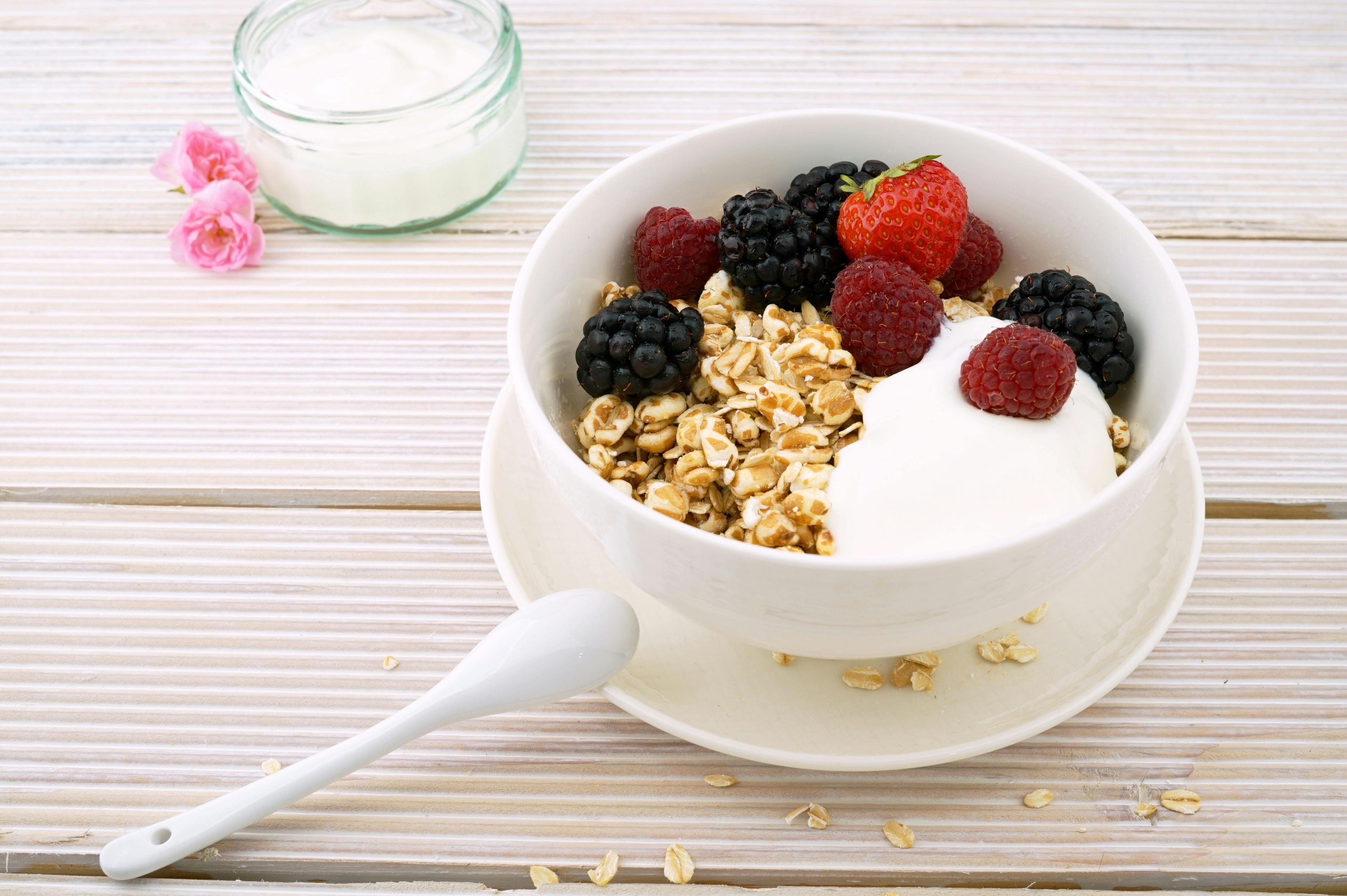
Yogurt is a staple in many households—and for good reason. It’s teeming with live and active cultures, those helpful probiotic bacteria like Lactobacillus and Bifidobacterium that can join the healthy population already living in your gut. To truly get the probiotic benefit, reach for plain yogurts labeled “live & active cultures”; these have not been heated after fermentation, which preserves those living strains. Flavored or non-dairy versions can also be friendly, as long as you check the label for added sugar and probiotic claims. Yogurt is as versatile as it is beneficial. Enjoy it at breakfast, topped with berries and seeds, blend it into smoothies, or use it as a creamy base for savory dips. For those with lactose sensitivity, many people find that probiotic yogurt is easier on the stomach due to the way good bacteria help break down lactose. A daily serving is a gentle, delicious way to keep your microbiome happy—no fancy supplements needed, just what’s already in your fridge.
2. Kefir: Tangy Fermented Dairy You Can Drink
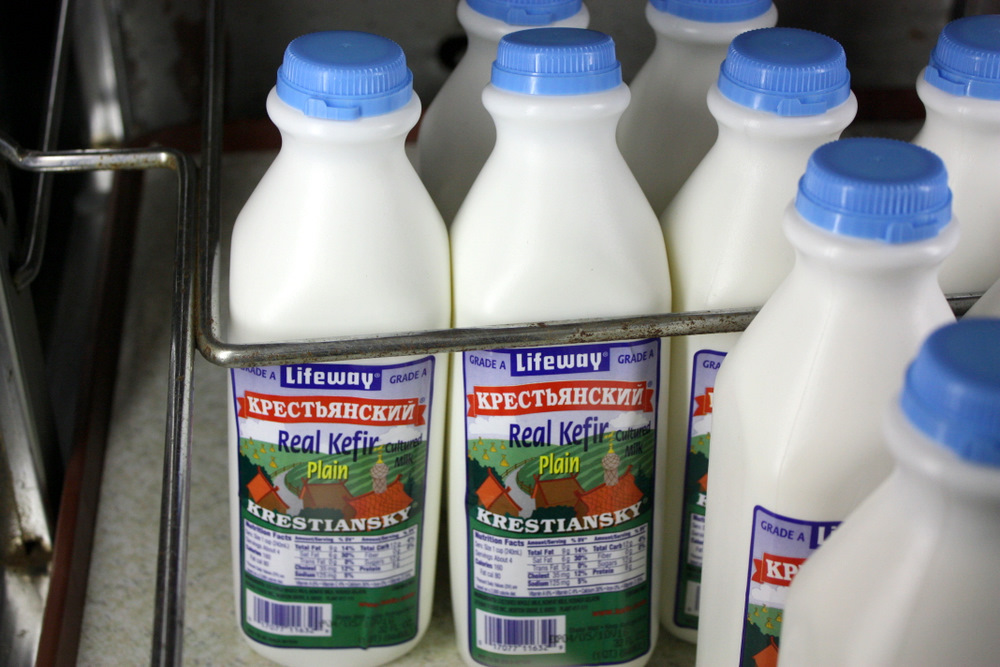
Kefir takes fermented dairy a step further than yogurt. Its creamy, drinkable texture hides a robust mix of probiotics—sometimes up to a dozen different live strains, more than most yogurts contain. This diverse community of microbes gives kefir its signature tang and power to support digestive well-being. If you’re new to fermented foods, kefir’s bright taste might surprise you; try it blended with fruit, poured over cereal, or sipped on its own as a protein-rich snack. Kefir also has the benefit of being lower in lactose, making it easier to tolerate if regular milk bothers your stomach. Some studies even link routine kefir consumption to reduced bloating and more regular digestion. Look for unflavored varieties with “live and active cultures,” and give the bottle a gentle shake before pouring—the living cultures can settle at the bottom. Adding kefir to your day is a smooth, refreshing way to keep your gut’s good bacteria thriving.
3. Sauerkraut: Crisp, Fermented Cabbage for Microbial Variety
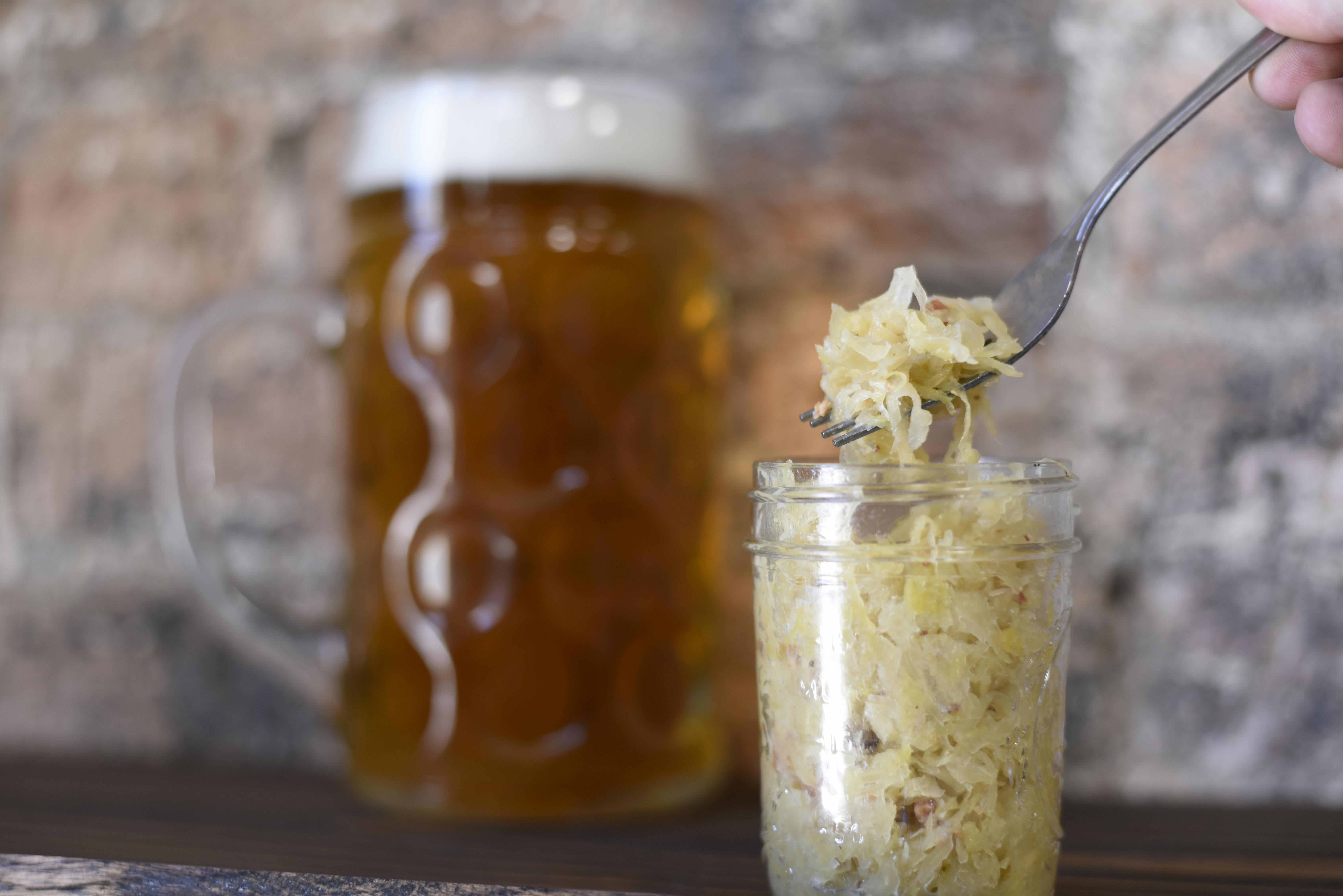
Sauerkraut isn’t just tangy—it’s a symbol of time-honored preservation and an excellent way to support your gut. Traditional sauerkraut is made by fermenting finely shredded cabbage with salt, creating a natural environment for probiotic bacteria like Lactobacillus to flourish. These live cultures can enhance diversity in your microbiome, which is linked to better digestion and overall resilience. For full gut benefits, choose raw or unpasteurized sauerkraut—found in the refrigerated section—because heat destroys the live probiotics. Add generous spoonfuls to sandwiches, grain bowls, or salads for a satisfying crunch and bright flavor. If you’ve never tried it, start with a small side to get your taste buds and gut used to new friendly microbes. Each forkful delivers more than just flavor; it’s a living link to food traditions that put wellness at the center of every meal.
4. Kimchi: Spicy Korean Staple Brimming with Probiotics
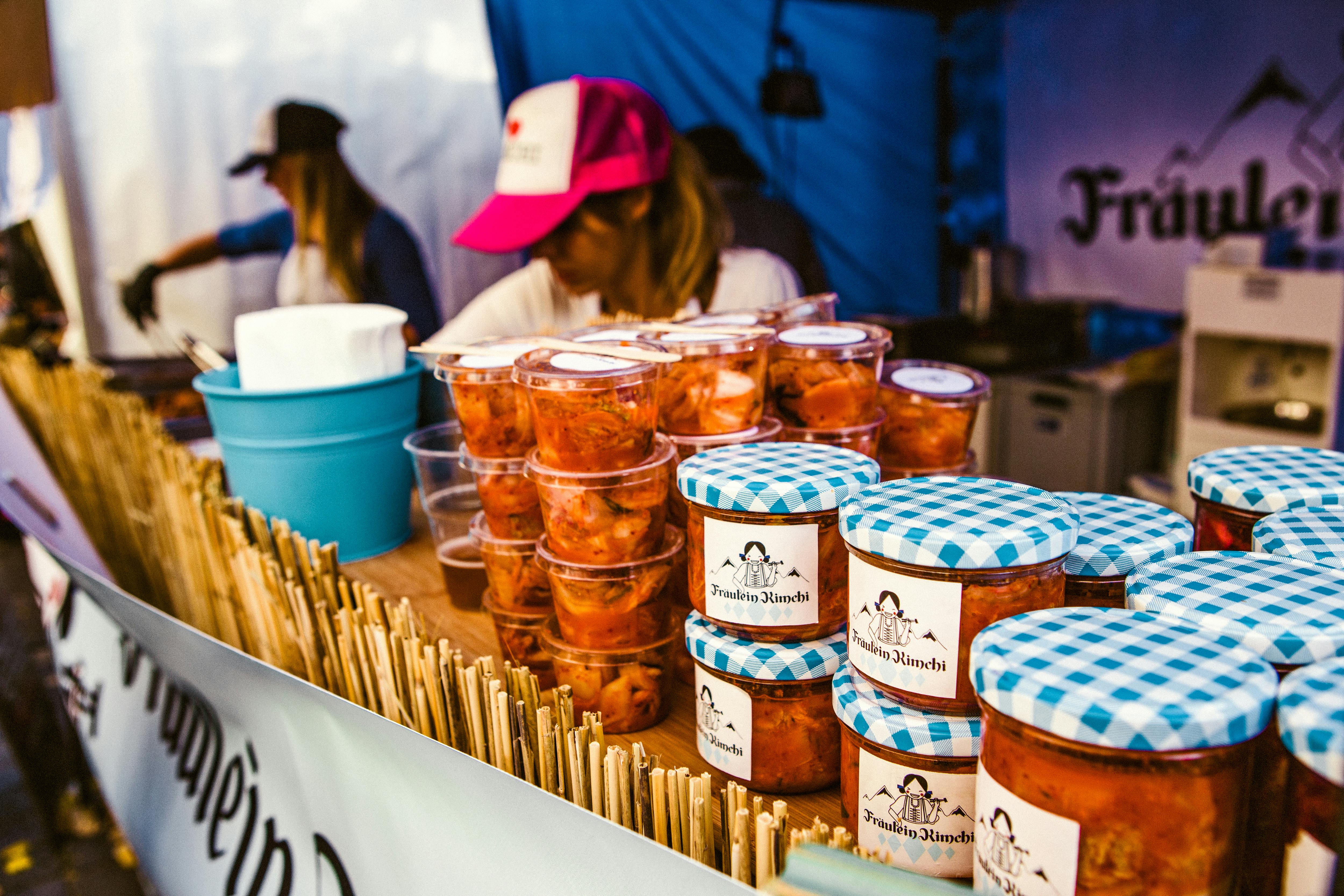
Bursting with vibrant flavor and color, kimchi is a Korean favorite made by fermenting napa cabbage (and sometimes radishes or other vegetables) with spices and roots. This process fosters a lively mix of probiotics, including bacteria that can help support your gut’s balance. Kimchi brings a gentle heat and depth that goes beyond spice—it’s about transforming humble vegetables into a complex, tangy side rich in both tradition and nutrition. Try kimchi on rice, with eggs, or layered into sandwiches for a bold twist. If you’re new to it, start slow—its robust taste may surprise you at first, but your gut will thank you. Look for brands in the refrigerated section or try making it at home; just be sure you’re picking products labeled as raw or unpasteurized for the biggest microbial benefit. Kimchi is proof that you can step outside your usual flavor comfort zone and do something wonderful for your microbiome at the same time.
5. Tempeh: Hearty Fermented Soy for Plant and Probiotic Power
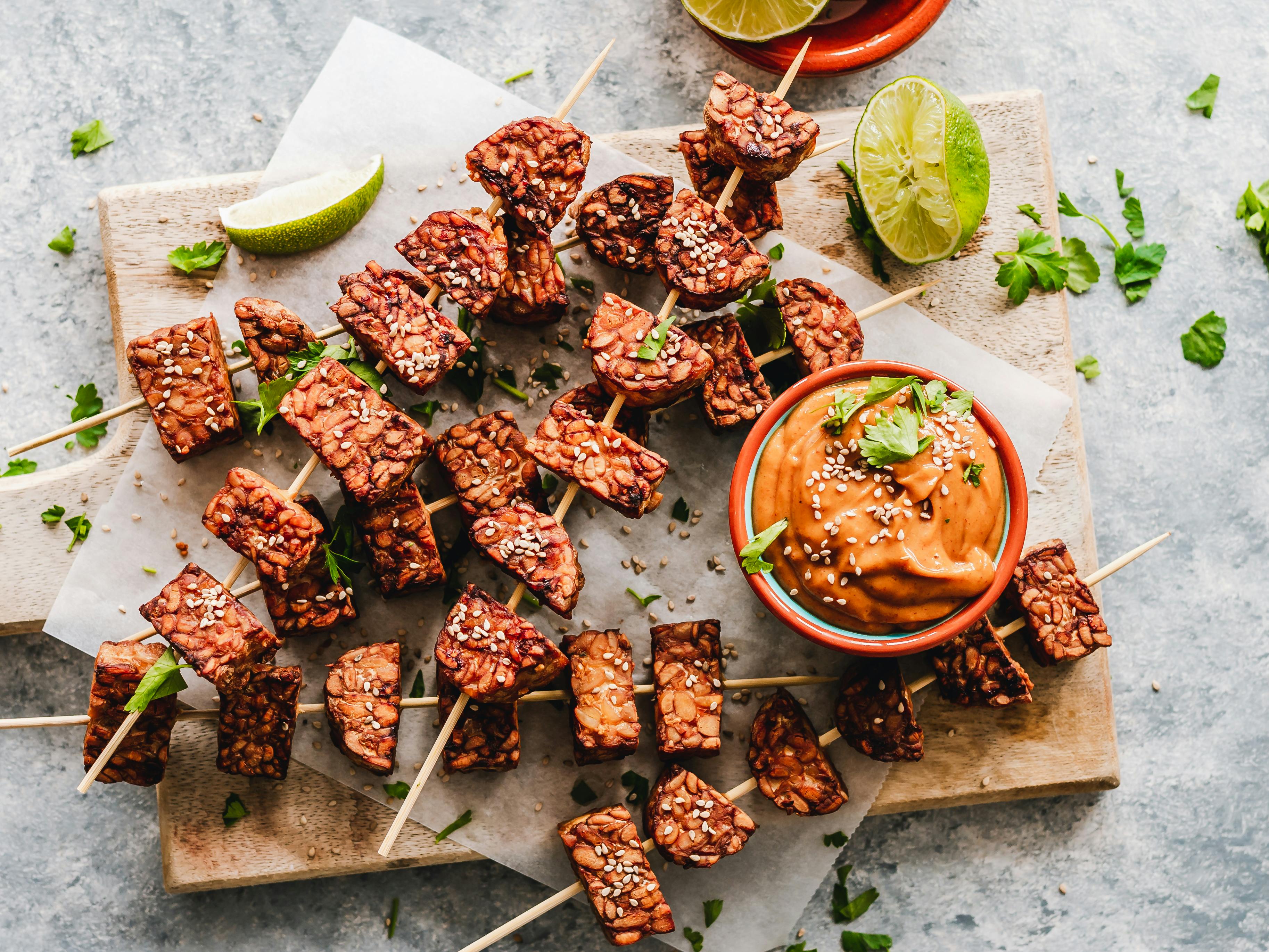
Tempeh is a firm, nutty-tasting cake made from fermented soybeans, beloved by vegetarians for its protein content and appreciated by gut health enthusiasts for its fermentation benefits. Unlike highly processed plant proteins, tempeh is minimally handled and delivers both prebiotic fiber and live cultures to your digestive system (especially when consumed raw or lightly cooked). Slice tempeh to sauté in stir-fries, grill it for sandwiches, or crumble it over salads. Even a small serving provides plant-based nutrition with an extra dose of fiber for feeding your existing good bacteria. Some brands lightly cook their tempeh, which is just fine, but for the most probiotic benefit, avoid overheating. Tempeh is a gentle invitation to rethink protein and add diversity to your microbiome—all while supporting a more plant-forward plate.
6. Miso: Savory Paste for Not-Just-Soup Microbiome Support
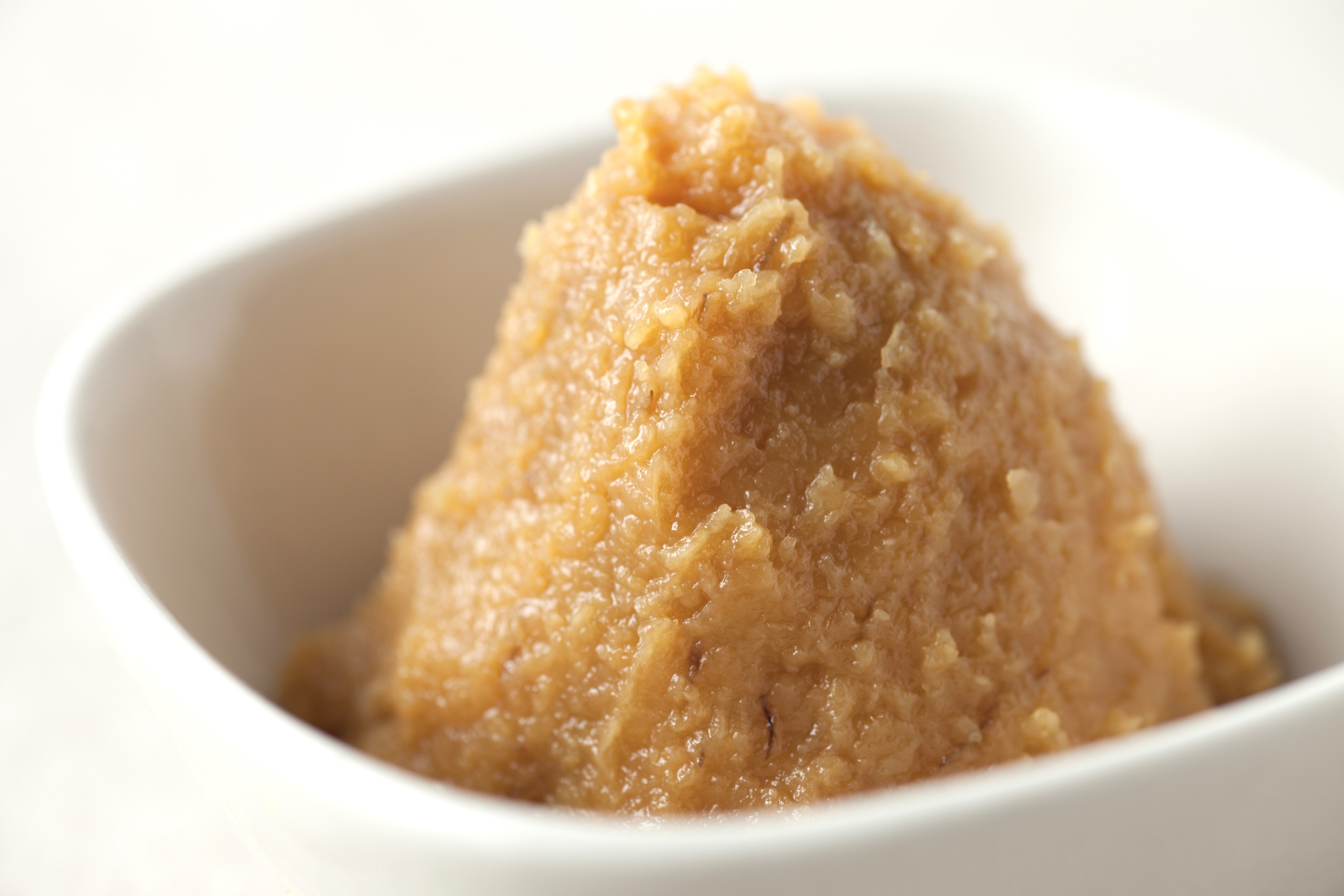
Miso is more than a warm bowl of soup—it’s a fermented soybean paste used in Japanese cooking that can add deep umami flavor and a boost of beneficial bacteria to your meals. Unpasteurized miso contains live cultures, including Lactobacillus, which help nurture the population of good microbes in your gut. Apart from classic miso soup, this paste is wonderful for salad dressings, sauces, marinades, and even as a seasoning for roasted vegetables. To keep the cultures alive, add miso to recipes after they’ve finished cooking instead of boiling it. Miso is also a surprising source of essential minerals and plant-based protein, making it a healthy addition to a mindful kitchen. Sampling different miso varieties (white, yellow, red) lets you experience the breadth of its flavor—and the wide-ranging wellness support a spoonful can provide.
7. Apples: Juicy Prebiotic-Rich Everyday Fruit
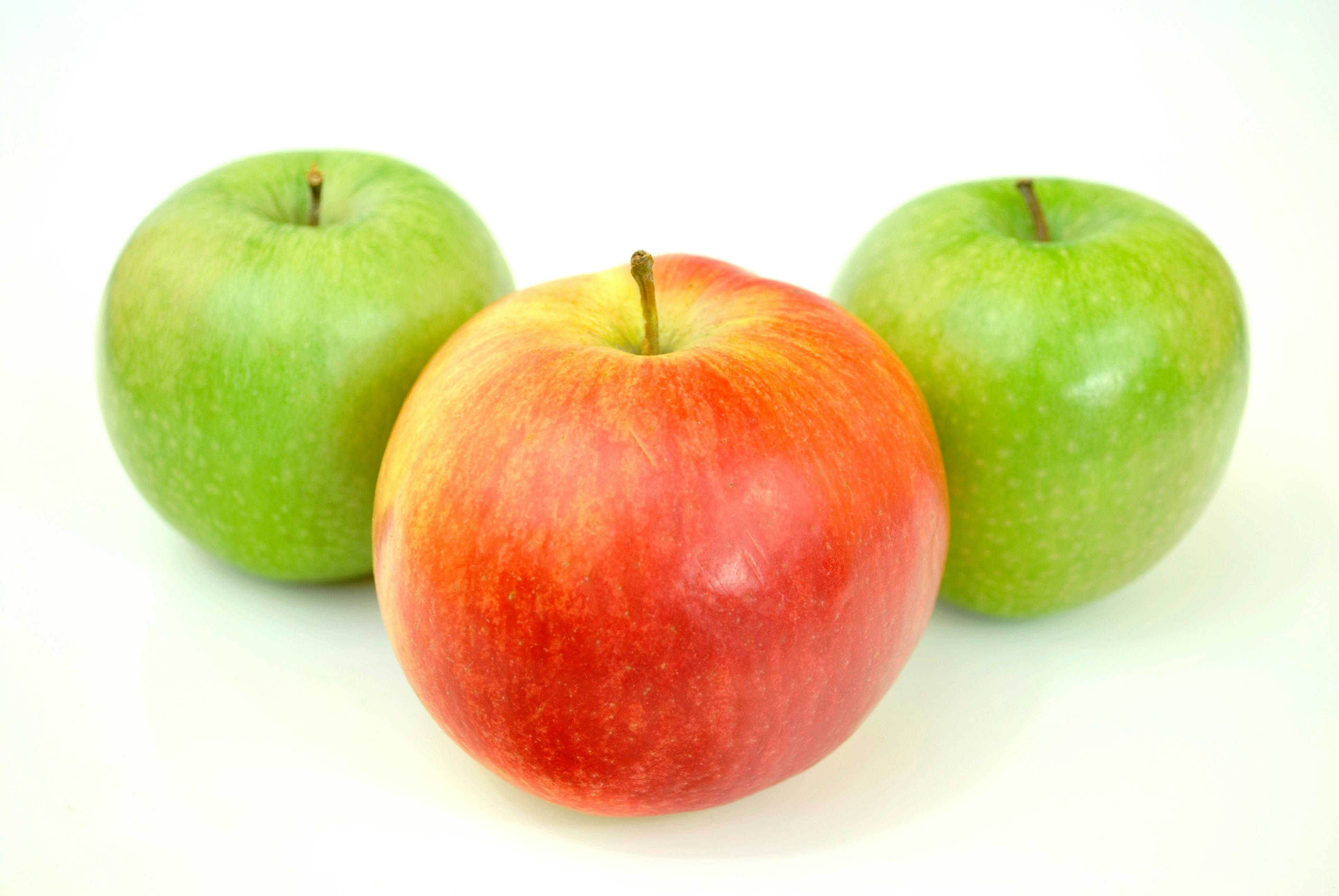
Apples are much more than a portable snack—they’re a valuable source of pectin, a soluble fiber that acts as a prebiotic to help nurture good bacteria. As you munch a crisp apple, you’re delivering slow-release energy and “microbe fuel” to your gut, encouraging the growth of healthy bacterial communities. Studies show that eating apples may support both the diversity and activity of your microbiome. Enjoy apples whole, sliced into oatmeal, or paired with peanut butter for an extra prebiotic-protein boost. If you can, keep the skin on—that’s where much of the fiber lives. Apples are a gentle, familiar choice for packing more gut-friendly plant foods into your day, whether you’re at home, at work, or on the go.
8. Asparagus: Prebiotic Superstar on Your Plate
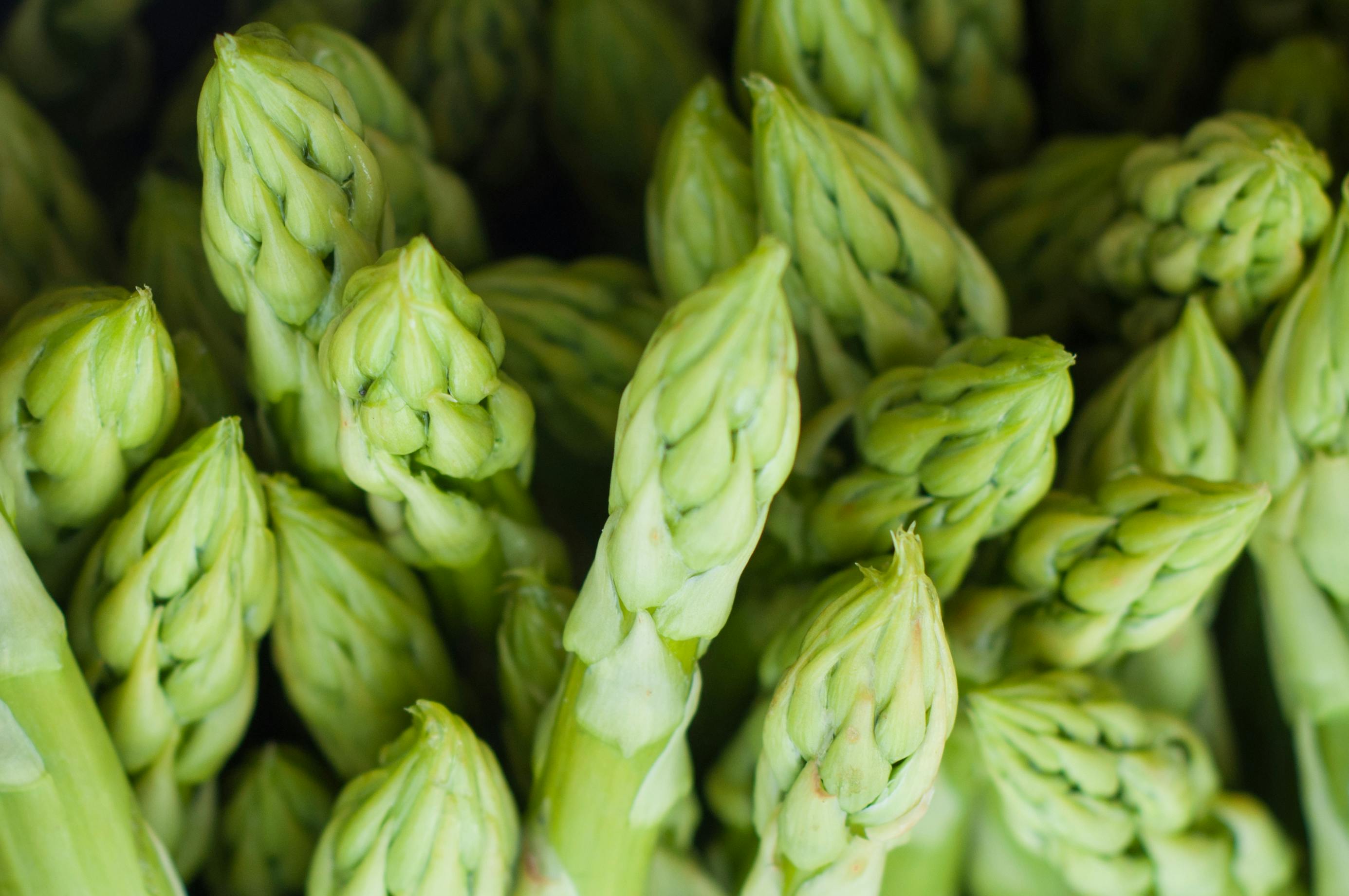
Asparagus is a springtime favorite that brings a lot more to the table than meets the eye. It’s rich in inulin, a special type of prebiotic fiber that’s especially nourishing for the bacteria living in your colon. This means each spear is doing double duty: feeding you and feeding your gut’s best allies. Asparagus is easy to work into meals—roast with olive oil, toss into pasta, or add to hearty salads. Its mild, slightly sweet flavor means it plays well with a range of dishes. While it’s packed with nutrients even when cooked, if you enjoy raw veggie platters, try thinly sliced asparagus for an extra crunch. This versatile veggie is proof that the right kind of fiber can be as delicious as it is gut-friendly.
9. Garlic: Flavorful Gut-Friendly Fuel
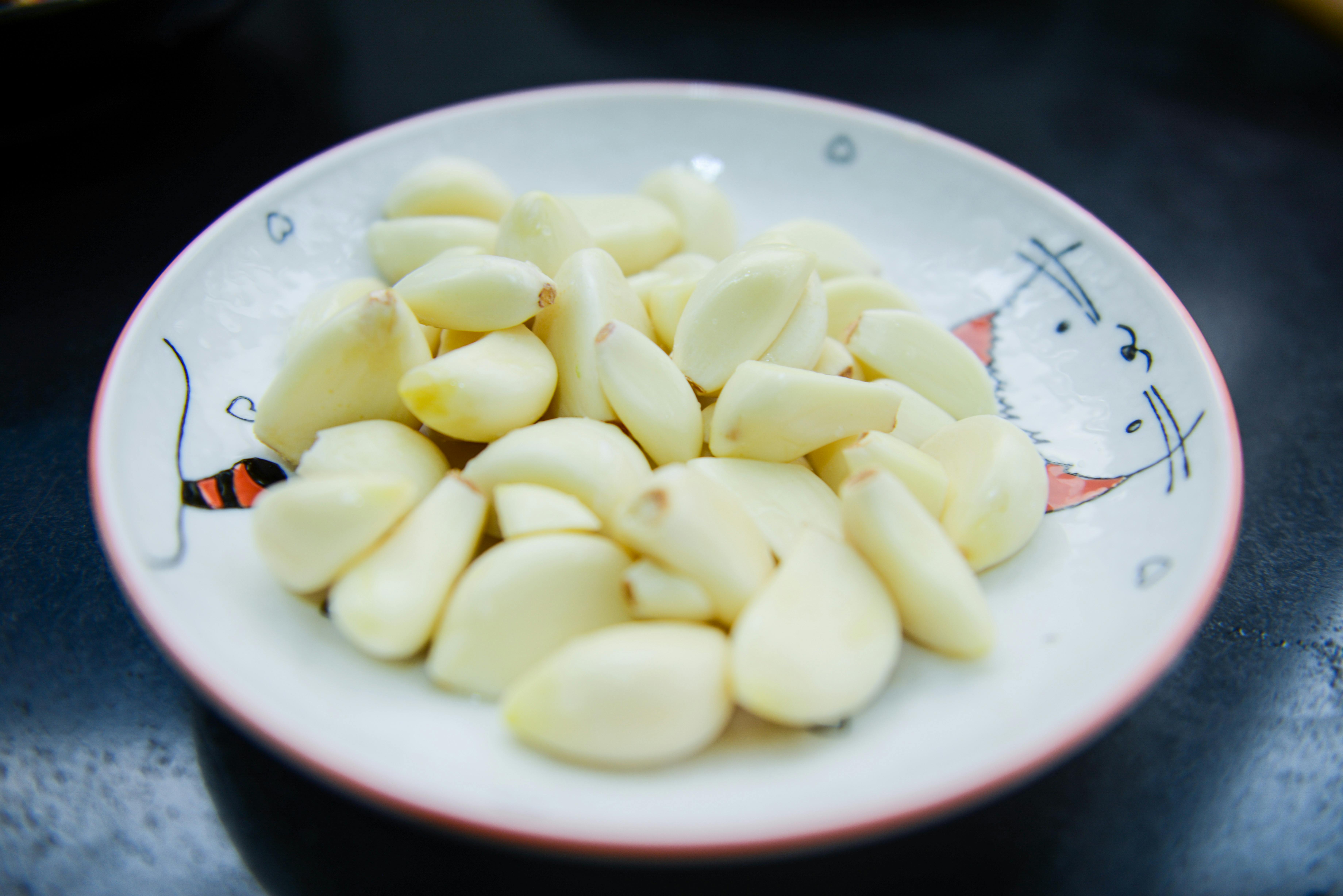
Garlic brings more to your meals than an unforgettable aroma. It’s loaded with prebiotic compounds—especially fructans—which offer a steady supply of nourishment for the good microbes inside you. Research links regular garlic consumption to better gut bacterial diversity and even immune benefits. It’s easy to add a little garlic to most meals without changing your habits much at all. For the greatest gut benefit, try using fresh, raw garlic when you can (mince into dressings or salsas), but don’t worry—light cooking still offers plenty of advantages. Garlic’s heart-healthy reputation is well-earned, and its support for digestive wellness is simply another reason to let your meals simmer and sizzle with its flavor. Each clove is a small, powerful act of kindness for your insides.
10. Bananas: Sweet, Easy-Access Prebiotic Richness

Bananas are one of the easiest ways to support your gut’s good bacteria on a busy day. Slightly green or just-ripened bananas have a higher content of resistant starch, a type of prebiotic fiber that passes undigested to your colon, where it can help beneficial microbes flourish. Even ripe bananas contribute pectins and other fibers that foster a balanced microbiome. Have a banana as a snack, slice one onto whole grain toast, or blend into a smoothie. They’re low-effort, portable, and incredibly versatile. If you’re sensitive to bolder fermenteds or high-fiber beans, gentle, familiar bananas are a forgiving way to invite more plant-based goodness into your eating rhythm—supporting your gut’s health with each satisfying bite.
11. Black Beans: Fiber and Protein for Good Bacteria
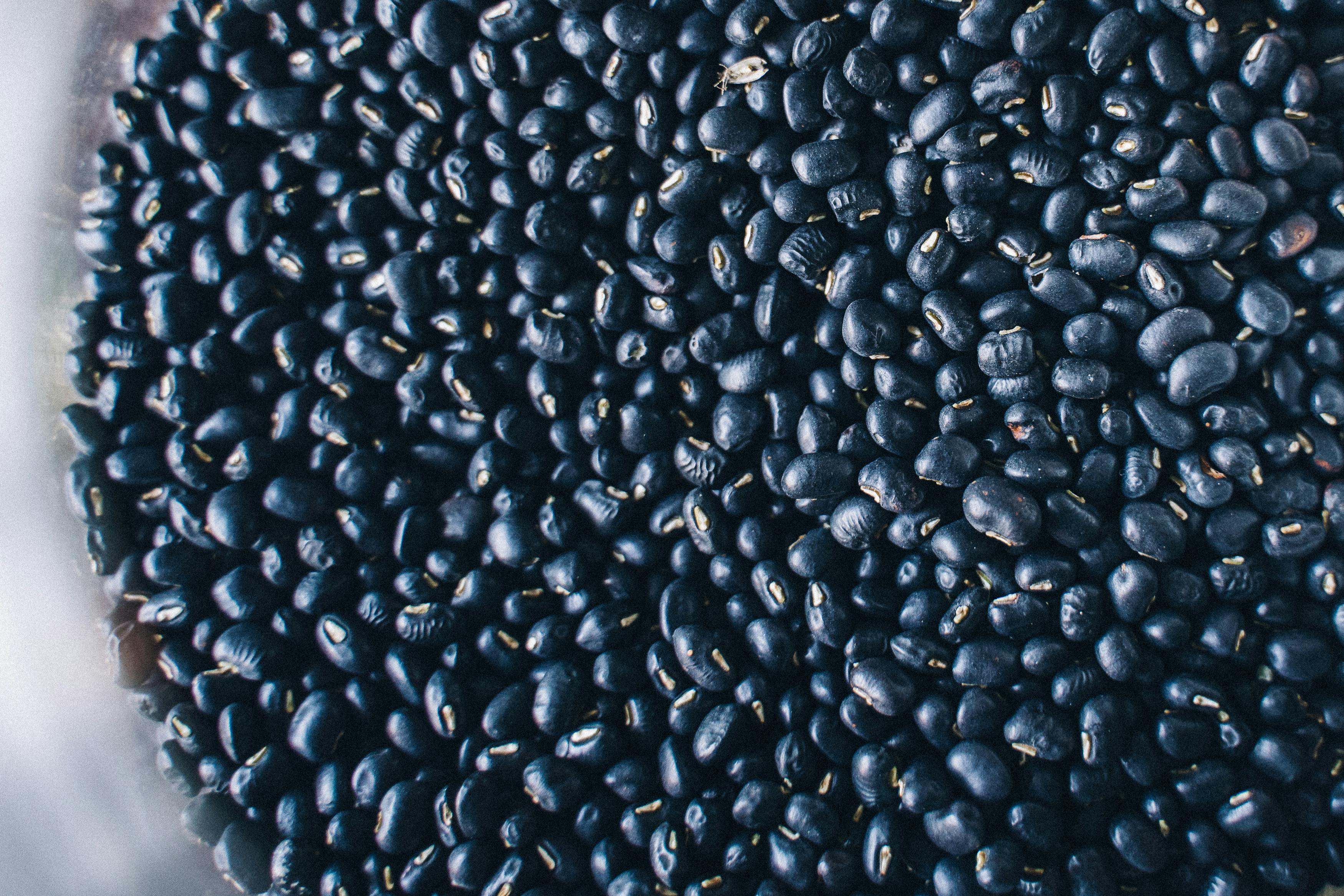
Black beans are a beloved staple in US kitchens, valued for their protein and hearty fiber content. Each scoop delivers a potent mix of both soluble and insoluble fibers—key for keeping your digestive system moving and feeding gut bacteria at all stages of their journey through your colon. Soluble fiber helps maintain healthy cholesterol and blood sugar, while insoluble fiber helps with regularity and acts as structural support for microbial variety. Enjoy black beans as soup, in grain bowls, or mixed into salads; canned beans offer convenience without sacrificing benefits. Even modest servings make a difference, especially when added to a plant-forward diet that already aims for variety. Your gut thrives on the regularity and predictability these foods offer—no need for dramatic changes, just steady, tasty habits.
12. Raspberries: Juicy, Fiber-Packed Berry for Gut Balance
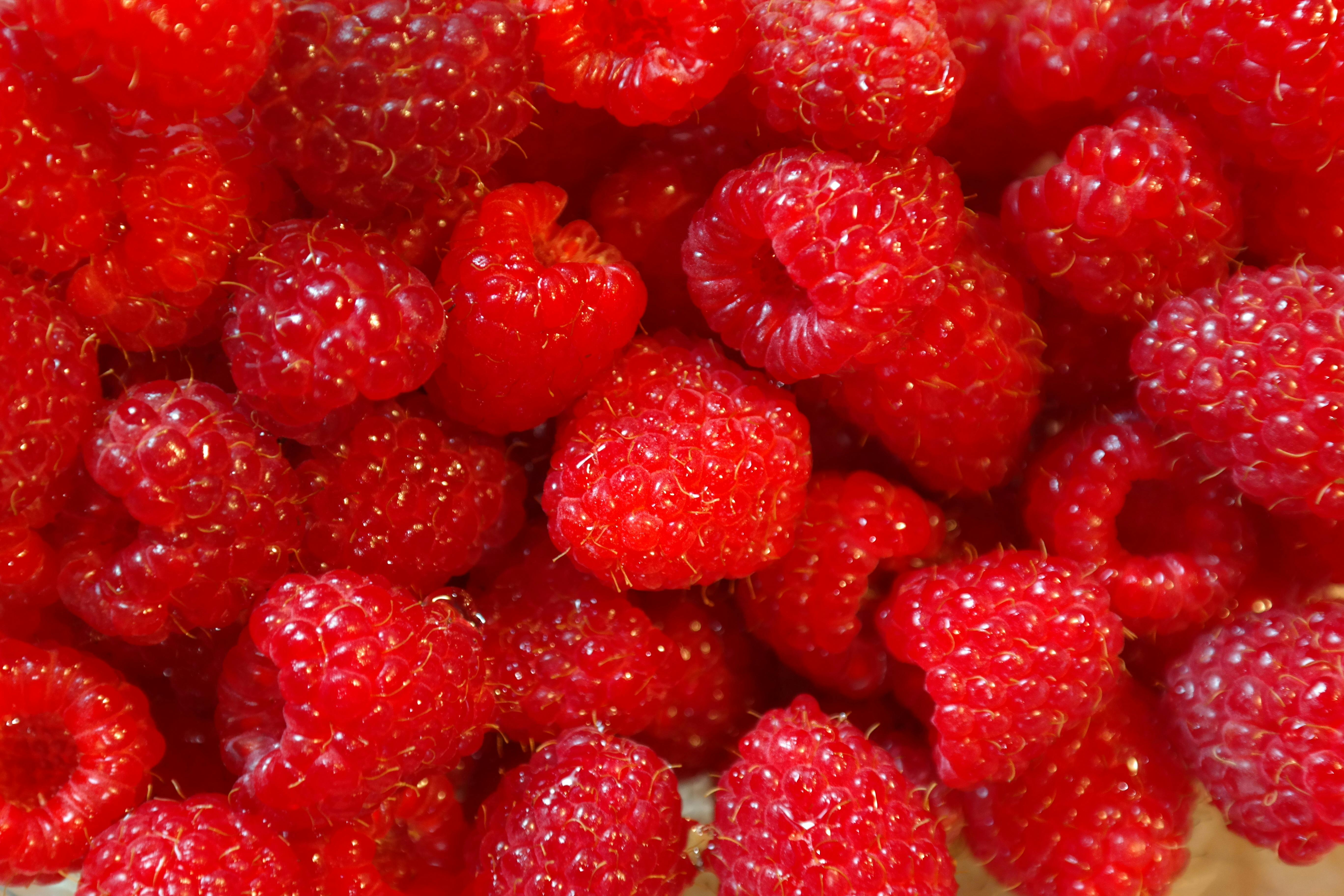
Don’t let their delicate appearance fool you—raspberries are one of the most fiber-rich fruits around, with eight grams per cup (over a quarter of the daily goal). They offer both soluble and insoluble fibers, helping to fuel a variety of beneficial bacteria in your gut. On top of that, their vibrant color signals an abundance of polyphenols—plant compounds that help soothe gut inflammation and keep the digestive lining in good shape. Sprinkle raspberries over yogurt, blend into smoothies, or savor by the handful. Their natural sweetness and tartness offer a dessert-like way to add gut-friendly variety. If fresh berries aren’t in season, frozen options supply the same benefits and are easy to keep on hand all year.
13. Ground Flaxseeds: Plant Omega-3 and Microbe Booster
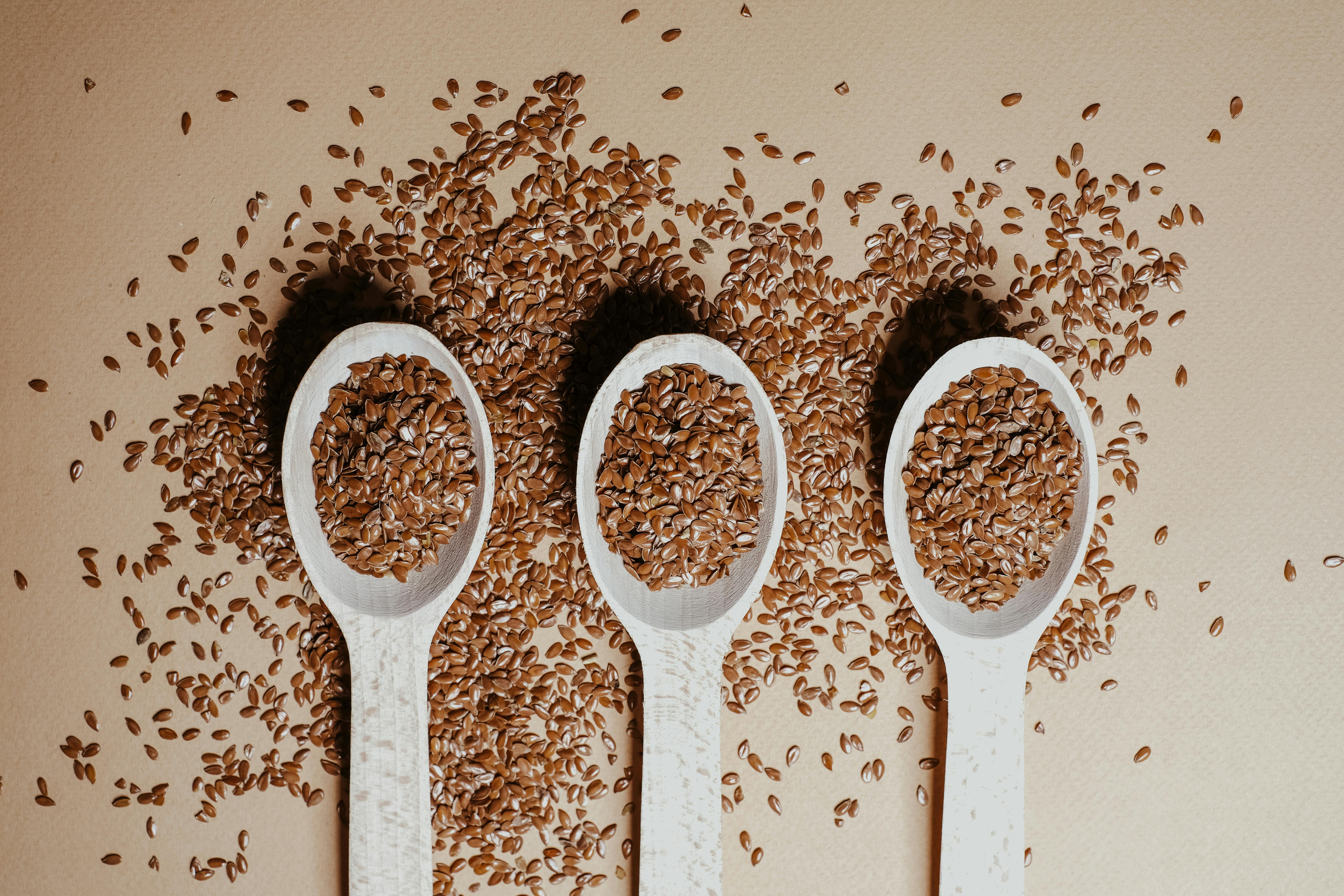
Flaxseeds might be tiny, but they pack a nutritional punch big enough to support a flourishing microbiome. When ground, they become a rich source of soluble fiber and alpha-linolenic acid—an important plant-based omega-3 that’s been linked to better bacterial diversity and reduced inflammation. Grinding is key: whole flaxseeds tend to pass through your system undigested, delivering little benefit. Stir ground flaxseeds into oatmeal, yogurts, smoothies, or homemade baked goods. Even a tablespoon a day gently helps your gut along its way, supporting digestion and adding subtle, nutty flavor to meals. Many gut experts recommend flaxseed as an accessible daily addition for anyone seeking plant-forward fiber, healthy fats, and happier bacteria in one.
Embracing Small Shifts for a Healthier, Happier Gut

Feeding your gut’s good bacteria doesn’t mean following a strict plan or perfectly tracking every bite. It’s about finding delight in small, everyday choices: the crunch of a fresh apple, the tang of kimchi, or the creamy comfort of yogurt. Over time, these nourishing habits add up—creating an environment where your helpful microbes can flourish and, in turn, support your energy, immunity, and overall vitality. Remember, the journey to better gut health isn’t about achieving a mythical “perfect diet.” It’s about exploring new tastes, celebrating each incremental change, and treating your digestive system with the same care you give the rest of your body. With so many delicious options, the path to a happy microbiome can be joyful and sustainable—one wholesome, fiber-filled, or fermented bite at a time. You’re not just eating for today; you’re feeding the healthy, vibrant version of you that’s still to come.
